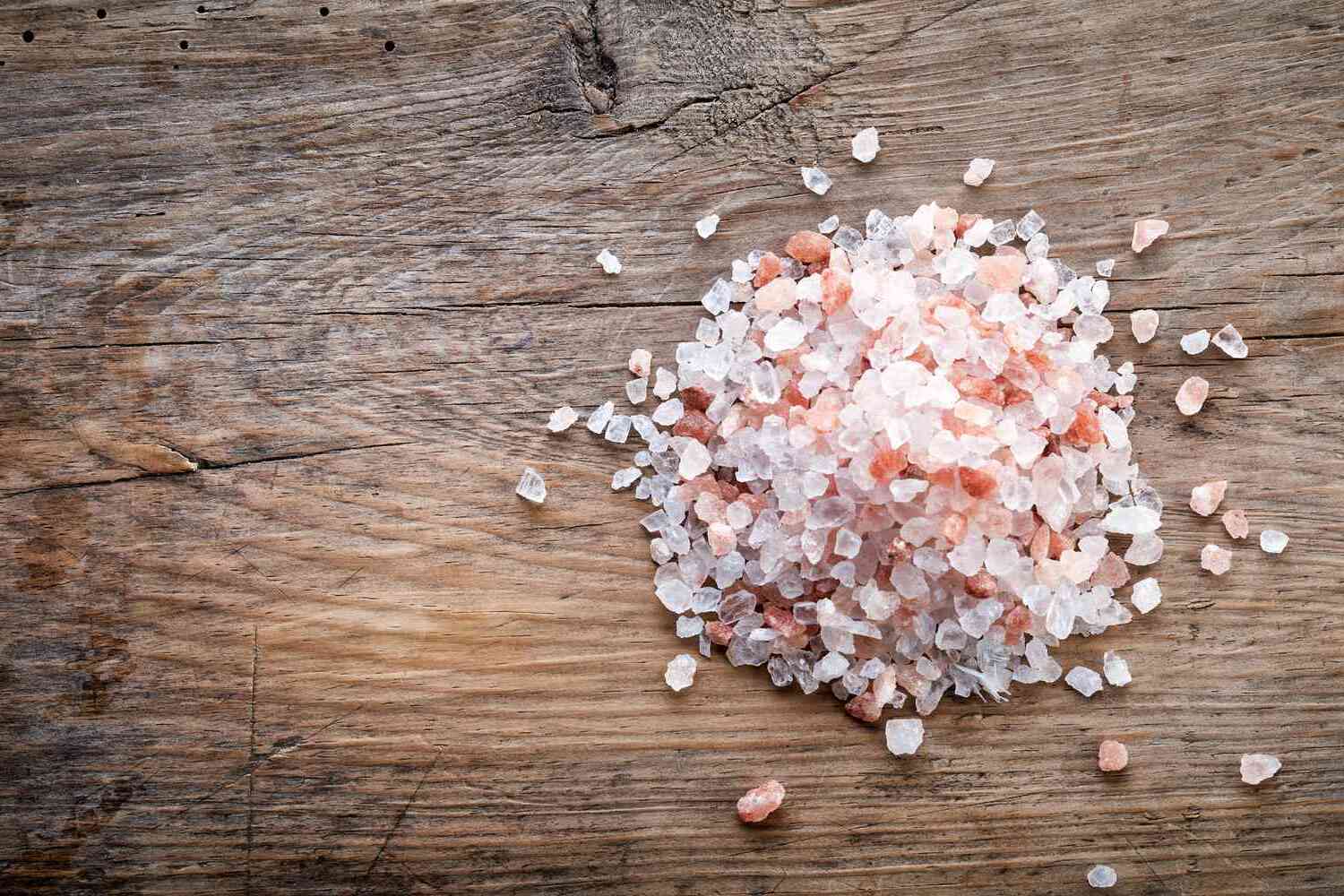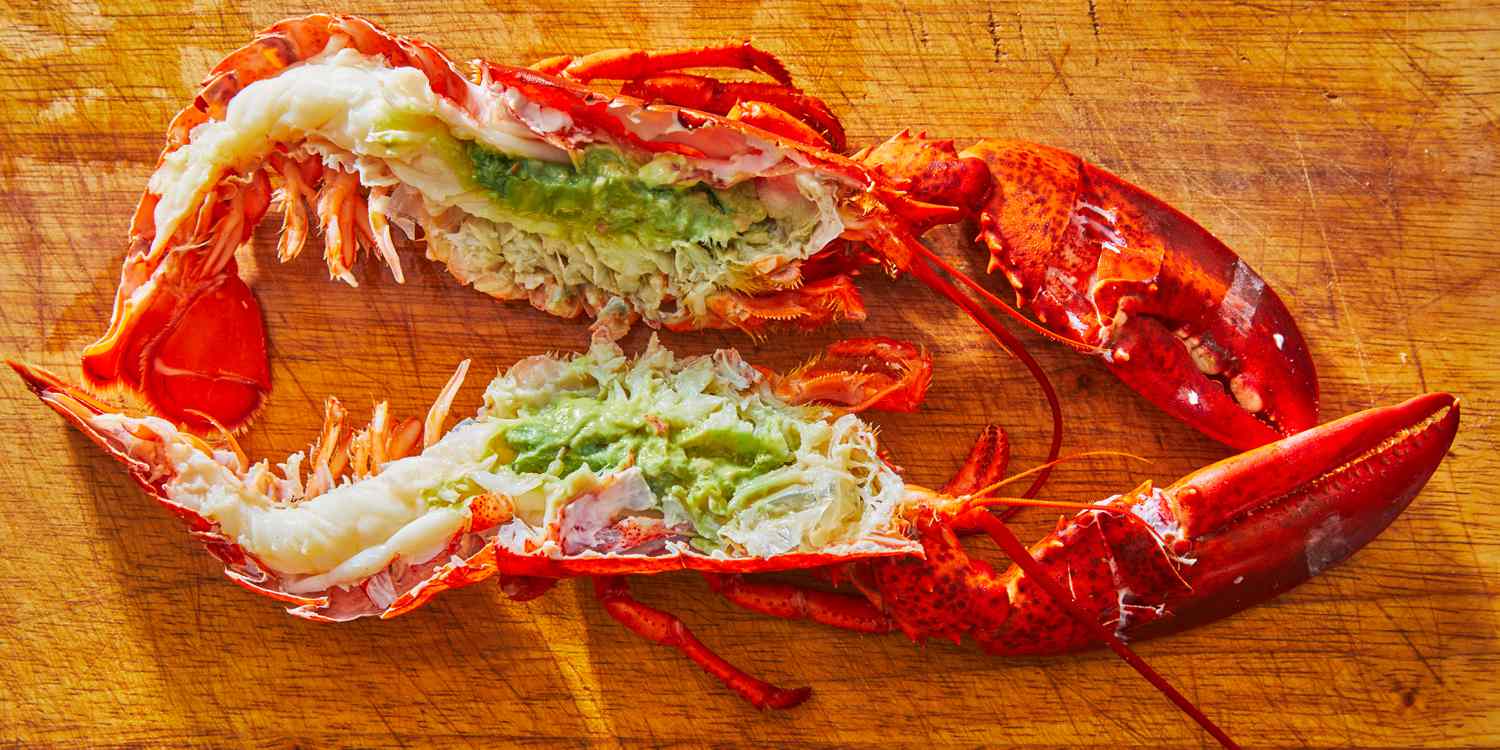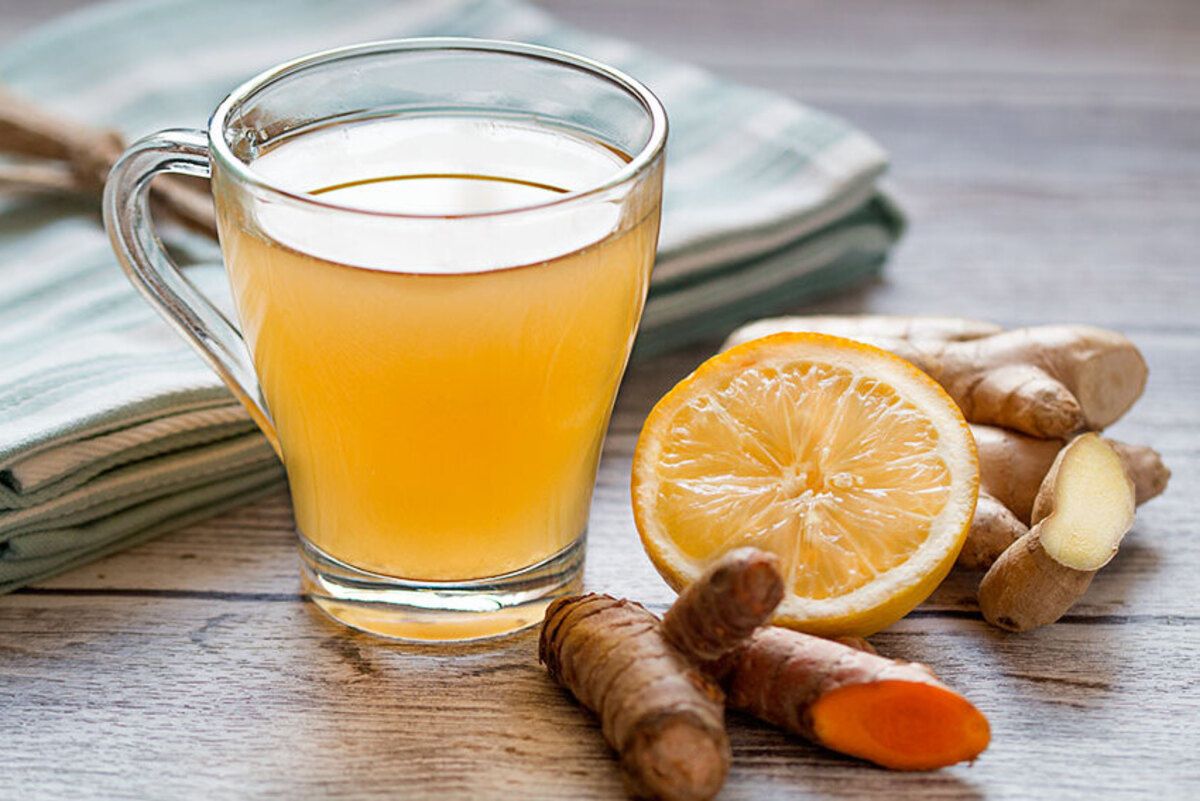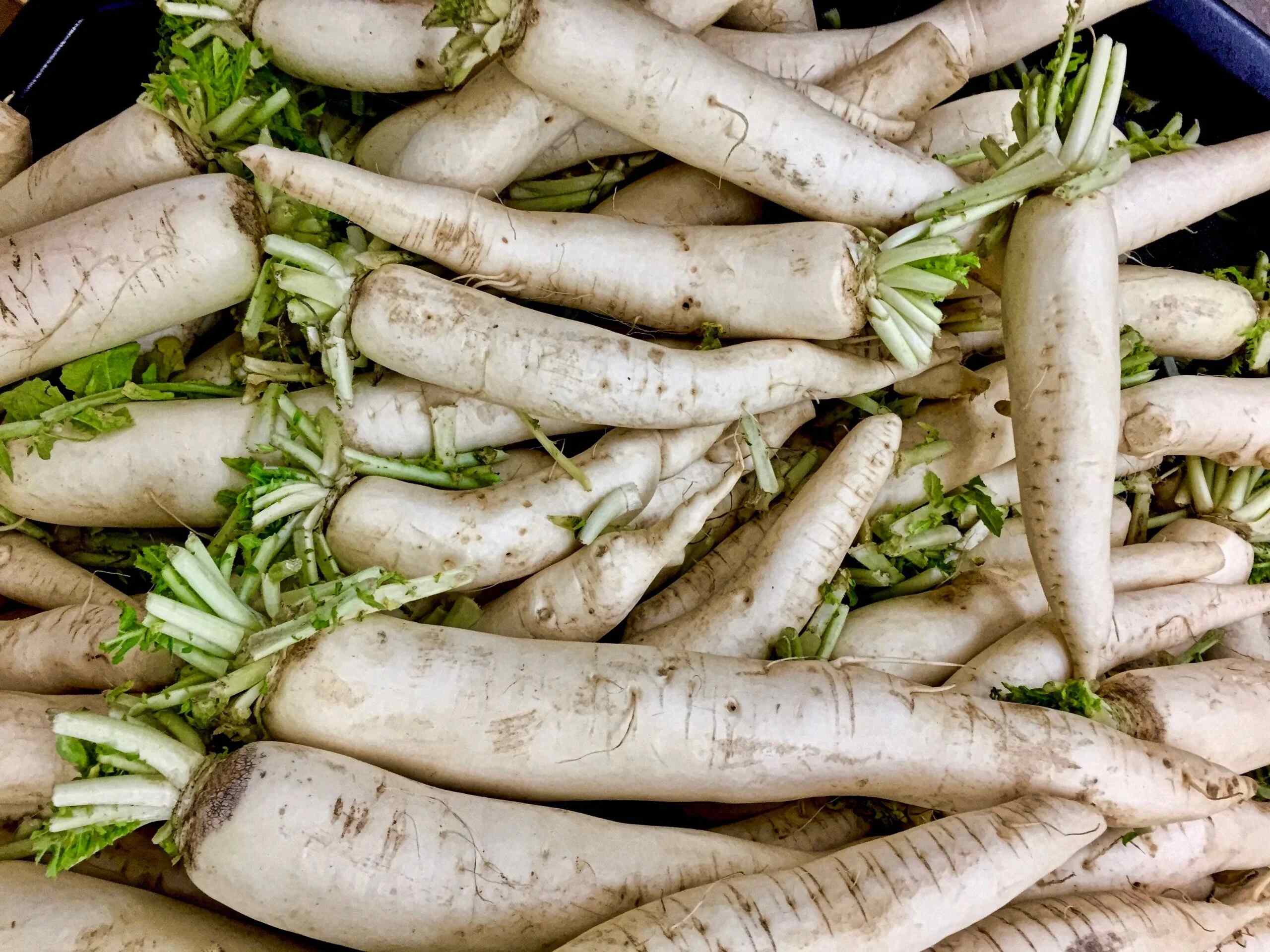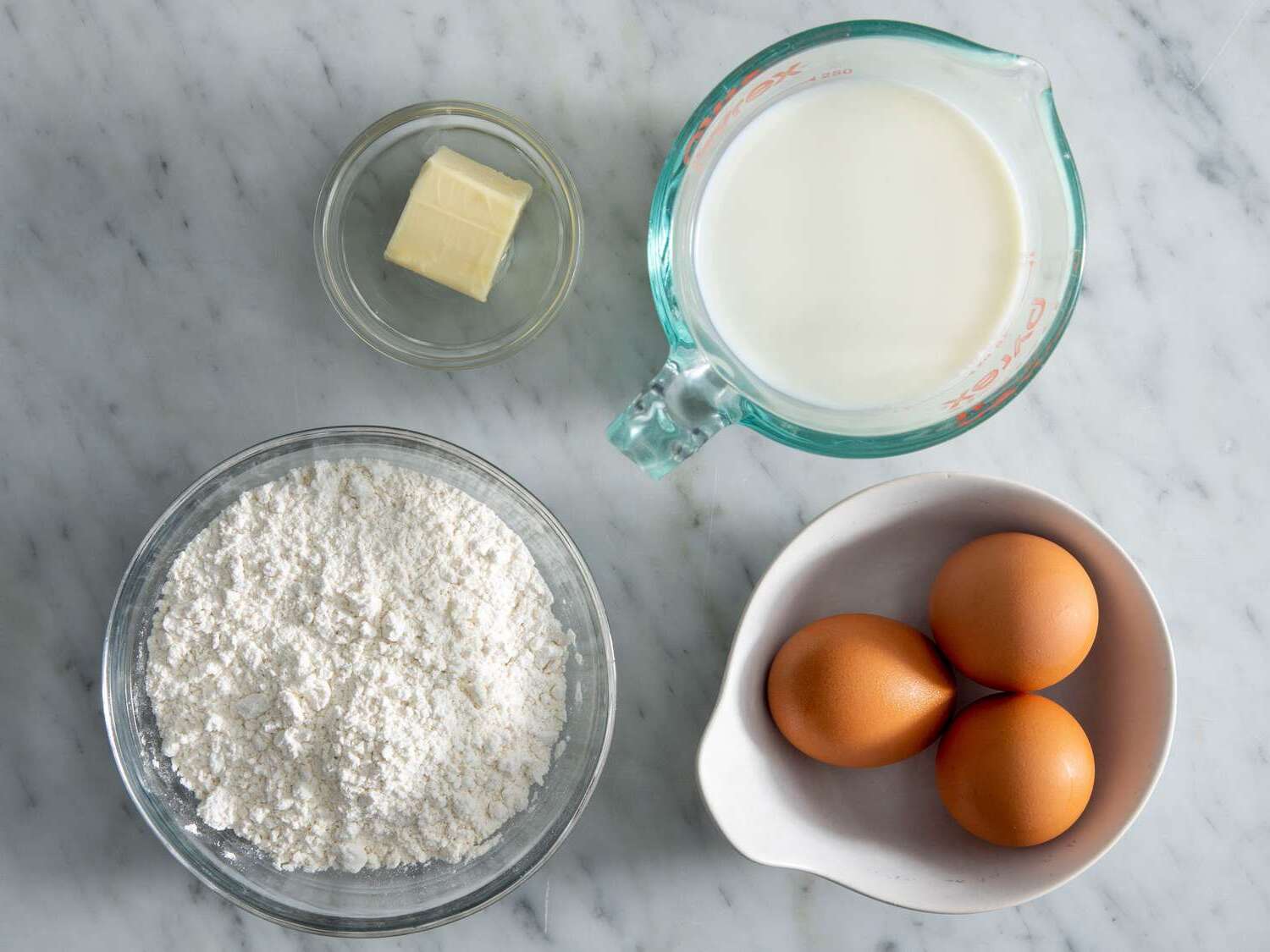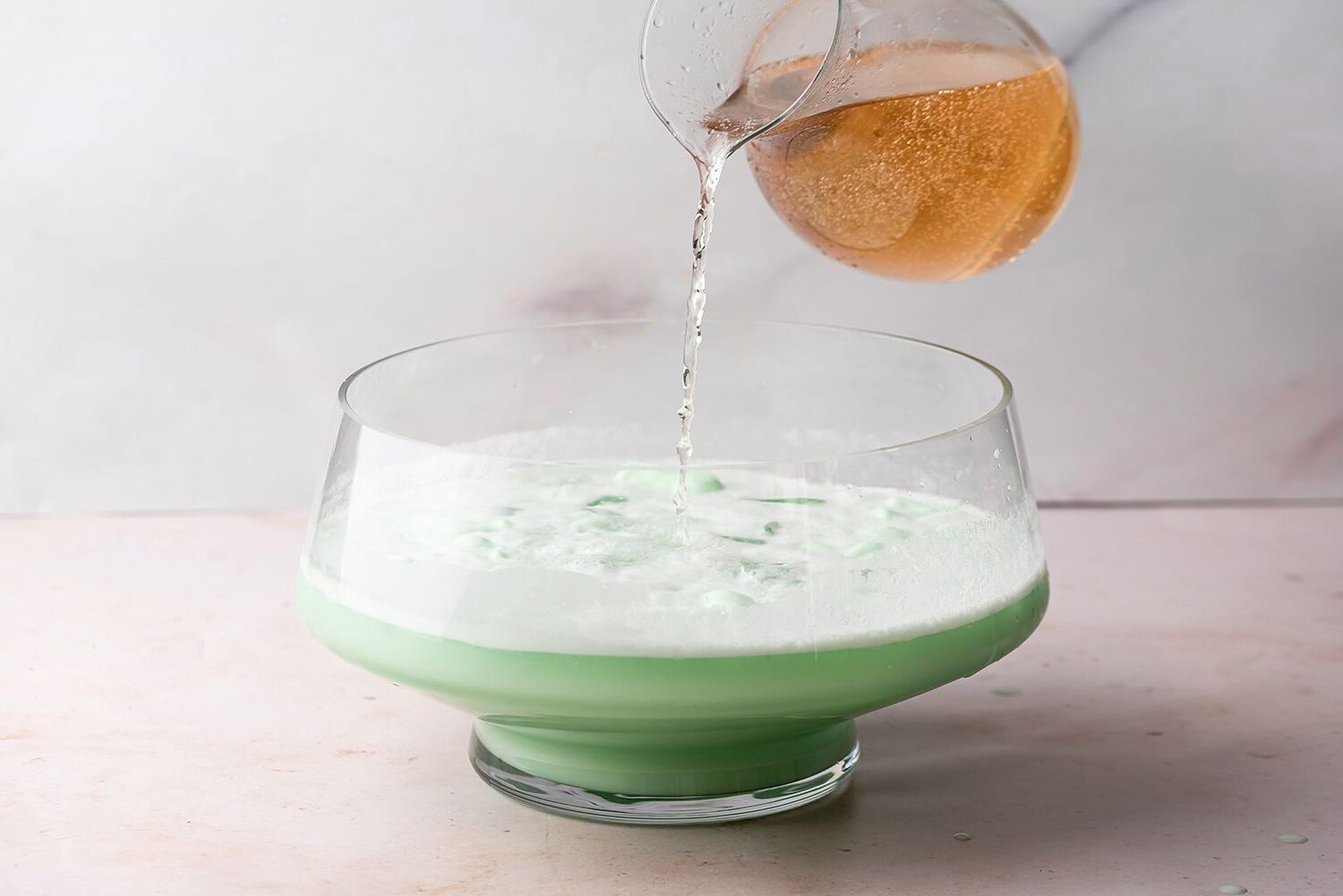When you take a sip of a refreshing glass of lemonade, you might notice tiny, soft pieces floating in the liquid. These bits are known as pulp, and they play a significant role in the overall experience of drinking lemonade. In this article, we'll explore what pulp is, why it's in lemonade, and whether it's good for you.
What Is Pulp?
Pulp is the fibrous, juicy part of a fruit that remains after it has been crushed or squeezed. In the case of lemonade, pulp comes from the flesh of the lemon. It contains the fruit's natural juices and some of the fruit's fiber, giving it a slightly thicker texture compared to pulp-free lemonade.
Why Is Pulp in Lemonade?
Pulp is often included in lemonade to enhance the overall flavor and texture of the drink. It provides a more authentic and natural taste, as if you were squeezing the lemons yourself. Additionally, some people enjoy the added texture that pulp brings to the beverage.
Is Pulp Good for You?
Yes, lemon pulp can be beneficial for your health. It contains dietary fiber, which is important for digestive health. Fiber can help regulate bowel movements and may contribute to a lower risk of heart disease and diabetes. Additionally, the pulp contains some of the vitamins and minerals found in lemons, such as vitamin C and potassium.
How to Enjoy Pulp in Lemonade
If you're a fan of pulp in your lemonade, you're in luck! Many commercial brands offer pulp-added lemonade options. Alternatively, you can make your own by squeezing fresh lemons and leaving some of the pulp in the liquid. Here are a few ways to enjoy lemonade with pulp:
- Classic Lemonade: Squeeze fresh lemons, add water and sugar to taste, and leave some of the pulp in the mixture for added texture.
- Lemonade with a Twist: Experiment with different flavors by adding a splash of raspberry or strawberry puree to your lemonade with pulp.
- Frozen Lemonade: Blend ice and lemonade with pulp for a slushy, refreshing treat.
Conclusion
In conclusion, the pulp in lemonade is the fibrous, juicy part of the lemon that adds texture and flavor to the beverage. It can be a healthy addition to your diet, providing dietary fiber and essential nutrients. Whether you enjoy your lemonade with or without pulp, there's no denying that this classic drink is a delightful way to quench your thirst on a hot day.

